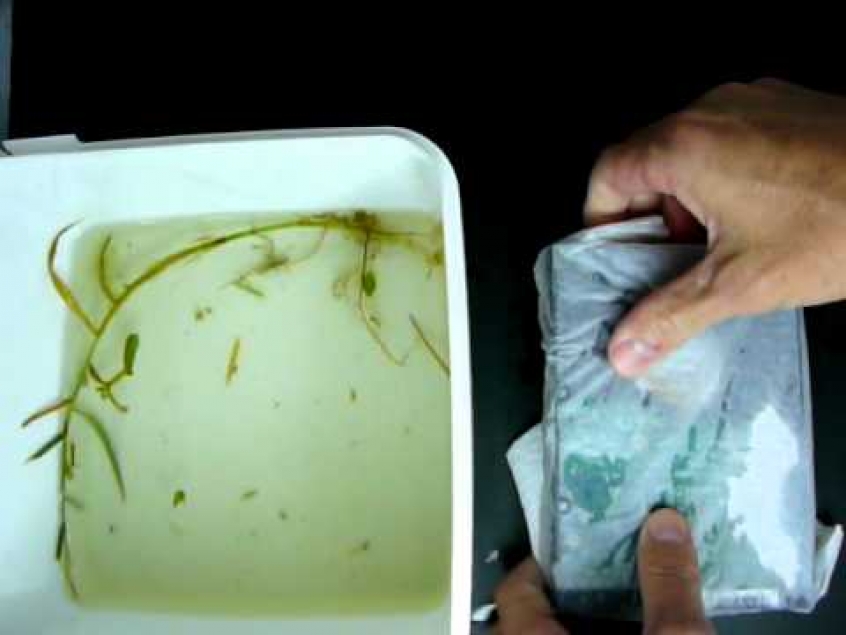After completing our tests and visual inspection of each drive we gathered some interesting results. First, the hard drives did appear to be new (with the exception of the 200 drives the client put into use). There were zero POH on the drives and from the outside there was no evidence of damage. Yet, 74% of the drives showed evidence of water damage under the PCB. The hard drives appeared to have come into contact with water.
Our client initially thought the water damaged hard drives were caused by moisture; if the drives were stored in a cold area and then quickly moved to a hot area, the rapid temperature change could cause condensation to form inside the sealed anti-static bags.
What leant even more weight to their theory was the lack of silica packets in the bags. Silica packets are used to absorb moisture. However, the corrosion we saw was far to advanced to have been caused by a little moisture. Over the last two decades we have recovered data from water damaged hard drives under a vast array of
circumstances. In most cases we can distinguish between moisture buildup and actual water exposure. In this case, there was visible water pooling patterns on the drives.
We reported the extent of the damage on the hard drives, and did our best to hypothesize the cause. Our conclusion, the hard drives had been directly exposed to water.
Reference: http://dtidatarecovery.com/smart-testing-water-damaged-hard-drives/





